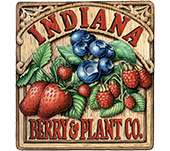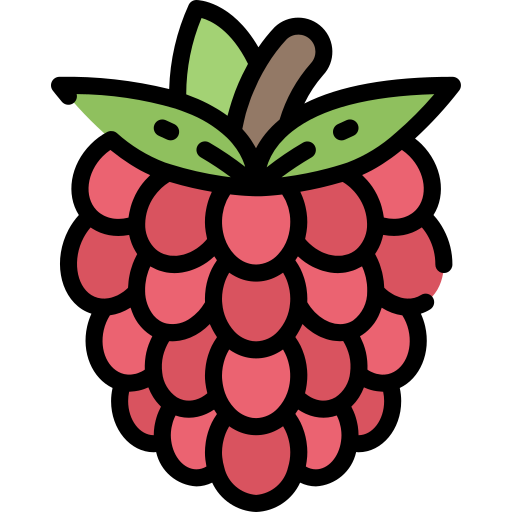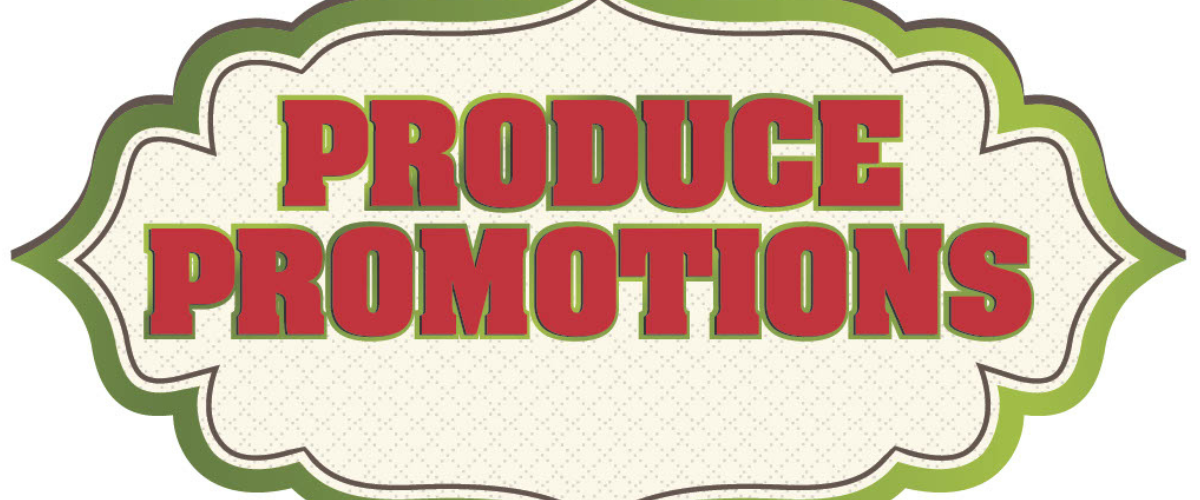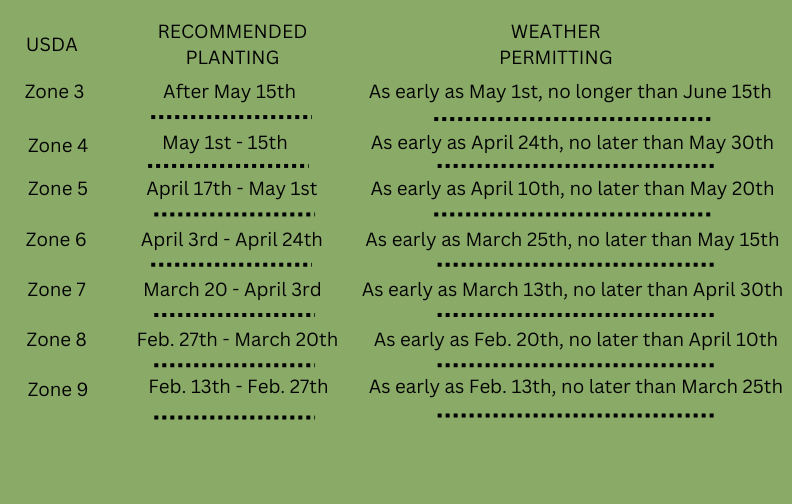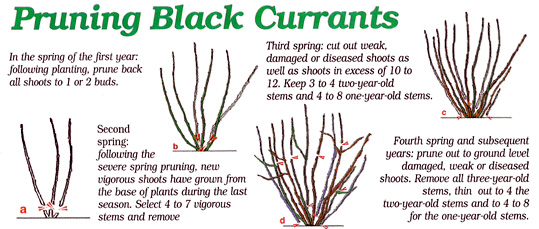| Quantity | Price |
| 1-9 | $11.00 |
| 10-29 | $9.50 |
| 30-99 | $9.00 |
| 100 + | $8.25 |
Outstanding flavor. Outer skin is tangy while the flesh is sweet. Very productive with dark red medium sized fruit (3.6g) on upright plants. Favorite with home gardeners. Very adaptable to various growing systems. Would make hedge or space barrier. Could be adapted to machine harvest. Good mildew resistance. Begins fruiting in the planting year, nice feature for home gardeners.

